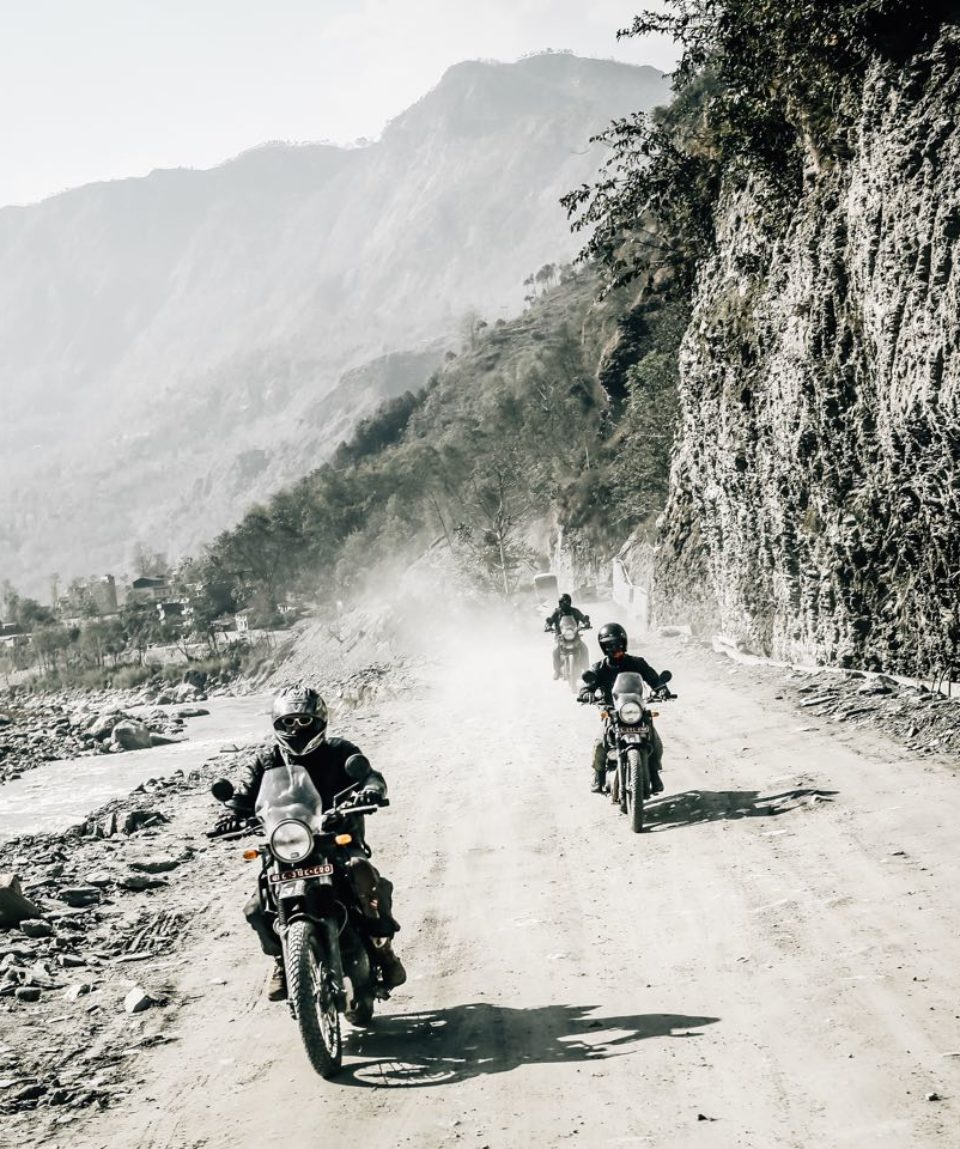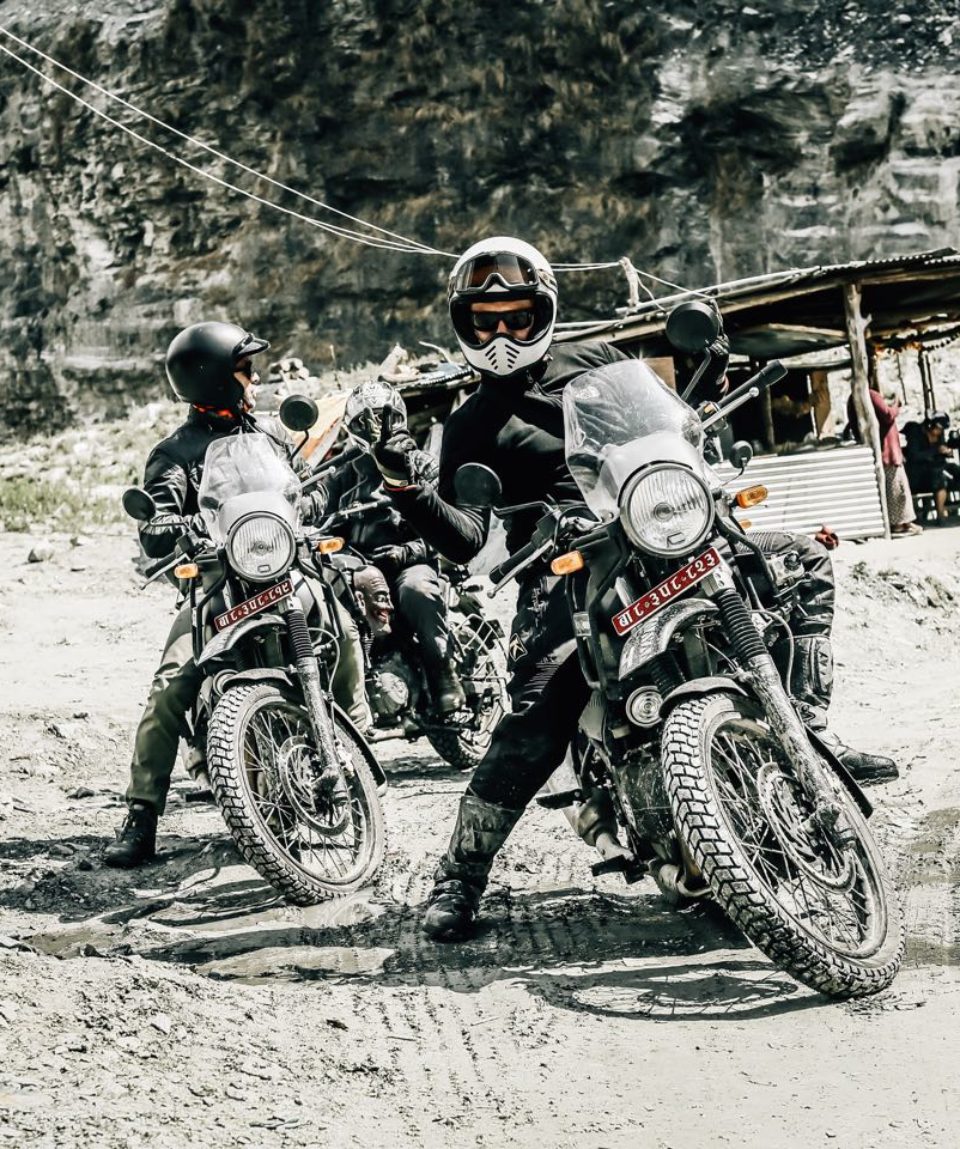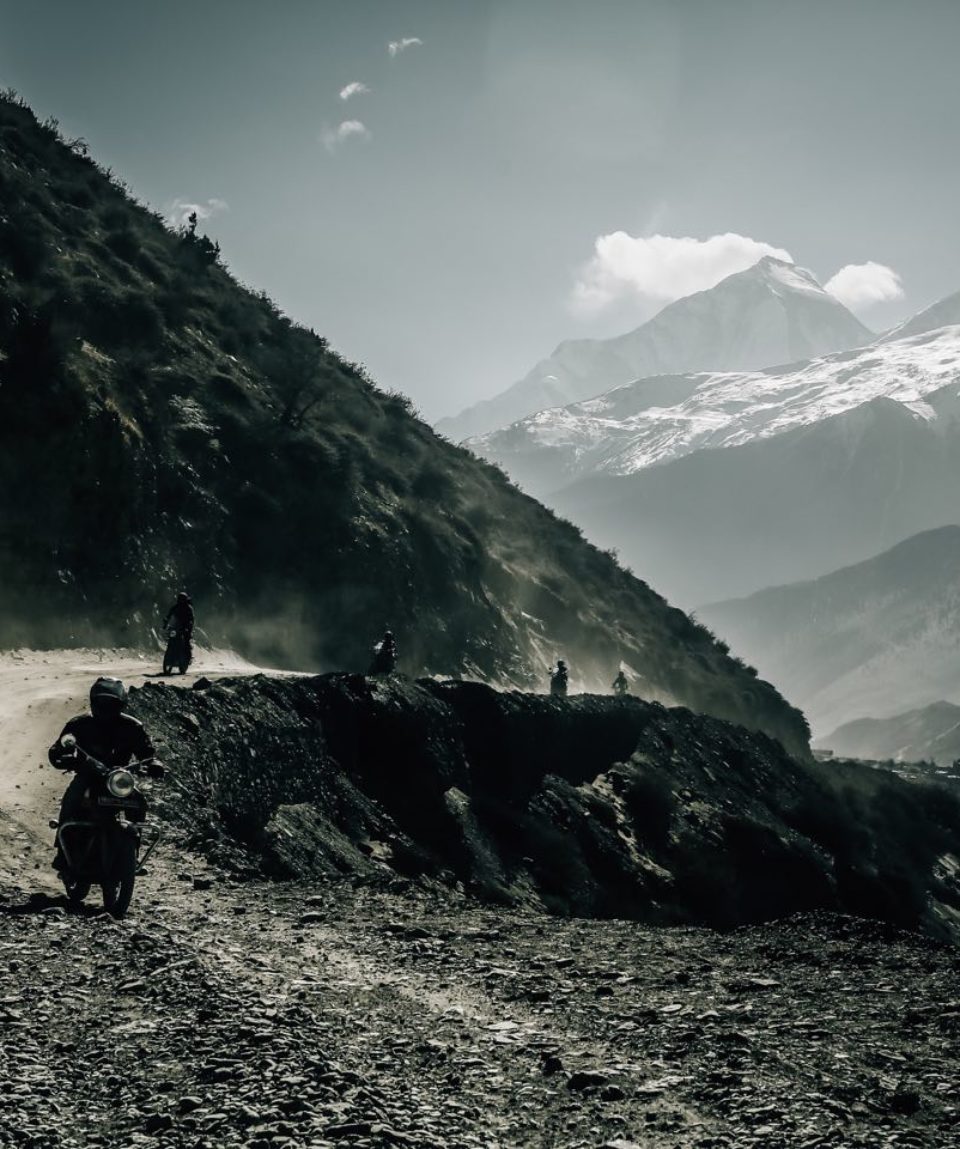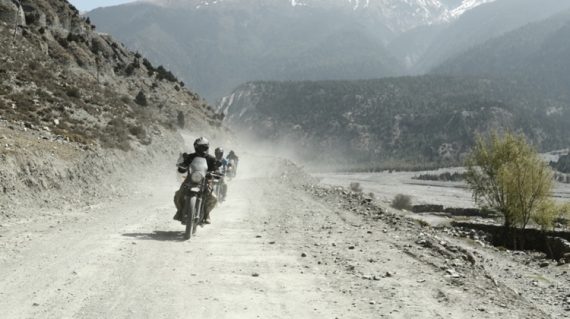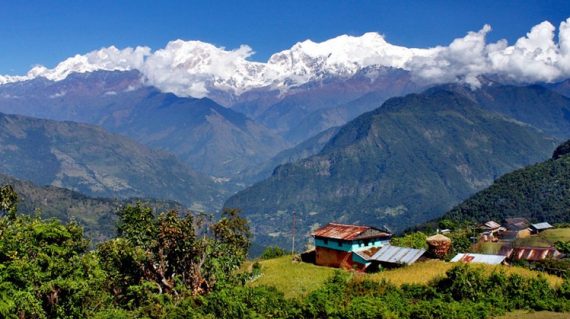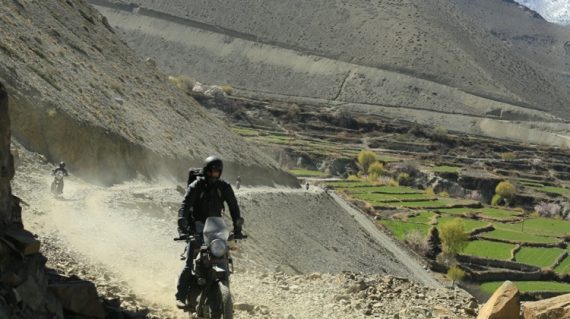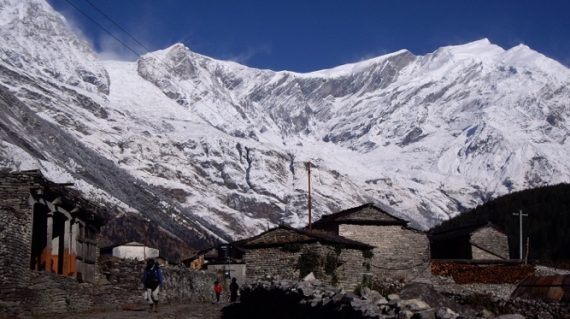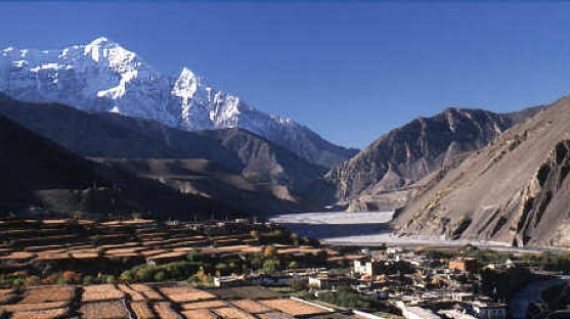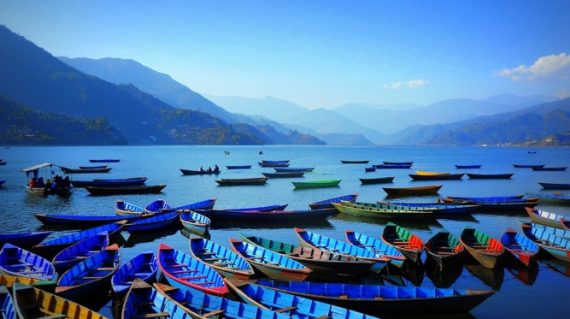
Motorbike Road Trip to Muktinath
fromLike to ride in the mountains, well stop right there … this is the motorbike road trip for you! Ride up to 4000m through some of the best views of the Himalaya in Nepal.
Riding up to 4000 m to the sacred Hindu city of Muktinath, you will see the century-old temples that are actually carved into the hillside while Golden Eagles soar overhead. Furthermore we’ll follow the glacial rivers that wind their way through snow-capped peaks.
Despite Nepal becoming one of the most popular destinations in the Himalayas. It still has vast areas that are difficult to get to and where very few people get to visit. A perfect combination for us!
This tour is not for the faint-hearted. Not only do we ride through a variety of terrains topping 4000m in height, but we spend the majority of the time off-road in the middle of nowhere! … sounds good right?
- Reviews 0 Reviews0/5
- Style Type
- Culture
- Expedition
- Motorbiking
- Mountainous
- Nepal
-
- Level Moderate
- Group Size Medium Group
If you like to ride in the mountains, well stop right there … this is the road trip for you!
Ride up to 4000m to the sacred Hindu city of Muktinath. You will see the century-old temples that are actually carved into the hillside while Golden Eagles soar overhead. Furthermore, we’ll follow the glacial rivers that wind their way through snow-capped peaks.
Despite Nepal becoming one of the most popular destinations in the Himalayas. It still has vast areas that are difficult to get to and where very few people get to visit. A perfect combination for us!
This tour is not for the faint-hearted. Not only do we ride through a variety of terrains topping 4000m in height, but we spend the majority of the time off-road in the middle of nowhere! … sounds good right?
[route-map id=46141]
- Nepal travel adviceby GOV.UK on 04/10/2024 at 10:25 am
Information on potential disruption to domestic and international air travel at Kathmandu airport (See ‘Air travel’ on the ‘Safety and security' page)
- Rental of a Royal Enfield Himalaya, bike damage insurance, group medical kit, accommodation, petrol, safety gear, pannier bag, map, English speaking guides and mechanics, support jeep.
- Travel Insurance
- Other Accommodation
- Food and beverages whilst not on tour
- Alcohol and snacks / drinks outside of meal times
- Personal Expenses
- Emergency Money – We Recommend $200
In the larger cities such as Kathmandu and Pokhara, there are many hotels to choose from.
Ranging from budget backpacker hostels to higher end 5 start hotels. On tour however, the options are more sparse.
We have chosen the best possible hotels which are clean, have appropriate facilities, delicious food and friendly staff. We have stayed at the various hotels many times and therefor the staff and workers have become our friends.
Accommodation is normally on a twin-sharing basis (two people per room in a single bed each) with attached western bathroom. We are able to organise single rooms.
Boots (Mandatory)
Strong and sturdy with waterproof properties. They don’t necessarily need to be motorcycle boots, decent hiking or leather boots with plenty of ankle protection will suffice.
Trousers (Mandatory)
For the most part, strong jeans are just fine. If you have motorcycle trousers with waterproofing then that’s even better. Our speeds are kept relatively low but the temperatures are quite high, so leathers are simply too uncomfortable.
If your trousers are not waterproof, then a pair of over pants are a good idea – for the drizzle, down pours of rain and puddles!!!!!
Jacket (mandatory)
Riding jackets are a must. The textile variety are recommended as they breathe better and can be zipped up/down in the variety of temperatures that we ride through in the different environments. If you are riding during the winter months, make sure you also bring the winter liner.
Helmets (Mandatory)
All riders must wear helmets. Whether half faced, full-faced or Mx style, it is up to you.
Hydration
Hydration packs are a good idea when riding to keep your fluids up. When riding at altitude, your body dehydrates faster so its is important to remember to keep drinking. Hydration packs are a handy re-minder to keep drinking and although we do take regular stops, it just keeps you topped up!
Buff
Buffs are highly recommended – scarf like loop that slides over your head and neck.
Gloves (Mandatory)
Gloves are must. Whether textile adventure or heavy duty winter ones, you do need gloves. It does depend on the time of year also.
On all tours a jeep is provided to carry luggage and spare parts etc.
Minimum kit is only taken as your main luggage and suitcases etc is left behind in Pokhara.
The jeep is not always behind the main group, so do not pack away anything essential that you may need on the ride.
Take a small rucksack with you your items that you’ll need throughout the day …. camera being one!!
At altitude, the sun smacks down on you harder than you’d expect. Make sure you bring some sun cream, we recommend at least factor 30 and bring it out with you, it is a pain trying to find it in Nepal!
We can work with you to set up best angles for shots etc. But just bear in mind your going to be on a motorcycle and if you put the SLR in the wagon, you may not have it too hand.
Gopro’s – bring as many as you want!! We can even help you put together a show real and film of your trip.
You should bring your own medical kit. You need to advise us on any medical ailments that you may have and if you do have any, you must bring any emergency medication with you.
Despite us having a med kit, it’s advised to bring your own rehydration salts, band aids, compression bandages, pain killers, antiseptic cream, alcohol swabs and Imodium.
Normally after the day’s ride is finished we head to our rooms, get freshened up and enjoy a nice cold one! … or two!!
It’s a relaxed affair, with a clean pair of trousers, t-shirt, sweater and comfortable footwear being all thats needed.
Down jackets, beanie hats and scarfs are ideal for the cooler months and winter.
Sleeping bags aren’t necessary as all the hotels will provide clean sheets and blankets.
Nepal suffers from intermittent power supply due to technical and political issues. It is recommended to bring a power bank to charge cameras and phones etc.
Bring a power adapter and a head torch is also pretty useful.
Visas
You will need a visa to travel to Nepal.
To apply for a visa in the United Kingdom you should contact the Embassy of Nepal, 12A, Kensington Palace Gardens, London, W8 4QU (telephone: +20 7229 1594 or 6231 or 5352).
Visas are available on arrival at Tribhuvan International Airport and at some land borders. To obtain a visa upon arrival by air in Nepal you must fill in an application form on arrival and provide a passport photograph. A single-entry visa valid for 15, 30 or 90 days costs US$25, 40 or 100. At Kathmandu’s Tribhuvan Airport the fee is payable in any major currency (some land crossings insist on payment in US dollars), Children under 10 require a visa but are not charged a visa fee. A Nepali visa is valid for entry for three to six months from the date of issue.
If you wish to stay for more than 60 days you can extend your visa up to 30 days by applying to the Nepali Department of Immigration at Kalikasthan, Kathmandu (telephone: +977 1 4429659).
Multiple-entry visas are useful if you are planning travel to Tibet, Bhutan or India. You can change your single-entry visa to a multiple-entry visa at Kathmandu’s Central Immigration Office for US$20.
You must have a valid visa in your passport to leave Nepal. If your visa has expired you will have to arrange an extension at the Department of Immigration, before your departure.
Overstaying without authority is serious. Foreign nationals who overstay in Nepal without a valid visa are subject to (i) a fine of up to 50,000 Nepali Rupees, and/or (ii) deportation from Nepal. Approval of the Ministry of Home Affairs is required for deportation, which could be a lengthy process. The immigration office may take the foreign national in its custody (detain) until the decision is made by the Ministry of Home Affairs. For more information, please contact Nepal Immigration.
Passport validity
Your passport must be valid for at least 6 months when you submit your application for a visa.
Yellow fever certificate requirements
Check whether you need a yellow fever certificate by visiting the National Travel Health Network and Centre’s TravelHealthPro website.
Medication
If you are planning to take medication into Nepal you should bring the prescription. For further details contact the Embassy of Nepal.
UK Emergency Travel Documents
UK Emergency Travel Documents are accepted for entry, airside transit and exit from Nepal.
Fly.
We can arrange your flights for you.
You can go by road and see more of the country side, but we recommend flying so you get the most out of your time in Pokhara.
You need to get an International Driving Permit.
They cost about $30.
Again, we can help you out with this.
We give you a briefing in the evening before the tour starts in Pokhara.
The briefing enables you a chance to meet our team and your bike!
Normally the briefing is helped along with a cold one and some snacks.
The infamous Royal Enfield.
With an incredible history we have a number of varying models in the fleet. For Upper Mustang areas, we use the new Royal Enfield Himalayan adventure bike. Its 400cc high compression engine is built for purpose whilst the chassis and components are perfect when tackling the high passes of the Himalayas.
The climate varies dramatically with altitude and the seasons. Luckily, the weather changes are mostly predictable so we can schedule tours in advance. We spend most of our time in the mid-hills where the climate is perfect for riding. With bright sunshine, few showers, clear roads, fresh air and stunning scenery, its motorcycle Nirvana!
Between mid November and February, early mornings can be chilly and it can get cold at night when we ride over 2000m. In the south of the country, at low altitude, it gets seriously hot from about may. Between June and August the monsoon season takes a hold. Although its warm and the rivers are in full flow, there are land slides and journeys can be unpredictable.
The local currency in Nepal is the Nepalese Rupee (NPR). It is hinged on the Indian Rupee which is closely related to the US Dollar.
$1 – 100 NPR.
As a guide, a beer will cost you about 300NPR, and a main meal is about 500 – 1000NPR.
On the tour, it is best to assume that there are no ATMS or money changers. So bring enough cash with you! Souvenirs, snacks and beer money is all you really need!
You will not meet a more humble and ready to laugh bunch of people anywhere in the world.
The Nepali way is an incredible testament to their resilience and good natured spirit. They have a brilliant sense of humour and are ready to smile at the drop of a hat!
It is customary to always use your right hand when passing money in a shop, an item to a friend, or when eating with your hands (as the Nepali’s do). it is a sign of respect and is a good habit to get into early on.
The local language is Nepali which is similar to Hindi in India. Nepali’s can usually speak both Hindi and Nepali, but an Indian won’t necessarily understand Nepali. It is a simple language and the locals are forgiving if you make mistakes! Start with Namaste (hello) Sanchai Hunchha (are you fine) when getting your visa!!
Travel insurance is mandatory and we will require your policy details. Please make sure that you are covered for non paved surfaces. Please get in touch with us in regards to the type of bike you will be riding as it depends on the particular tour and area you are going to.
Acute Mountain Sickness (AMS) can affect anybody when at an altitude of 2500m or more. It does not depend on whether you are fit or not and even if you have been at altitude before, it doesn’t mean you are immune to the effects upon your next visit into thin air.
We have staged our tours to minimise the possibility of AMS and have not experienced any serious issues as yet.
We do carry Diamox with us to help treat the effects, but we recommend bringing your own supply. It is also important to keep hydrated when at altitude.
The symptoms of AMS are dizziness, nausea, headaches and disrupted sleep. Vomiting is an indication of advanced AMS.
Please follow the link for the latest health advice
-
 Expeds International Mukintath Road Trip21
Expeds International Mukintath Road Trip21 -
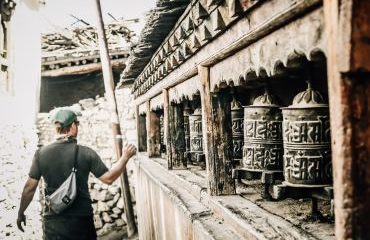 Expeds International Mukintath Road Trip20
Expeds International Mukintath Road Trip20 -
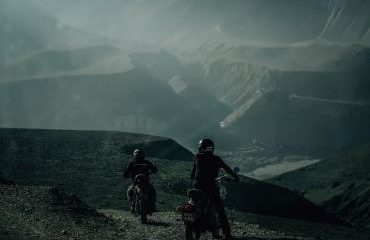 Expeds International Mukintath Road Trip19
Expeds International Mukintath Road Trip19 -
 Expeds International Mukintath Road Trip18
Expeds International Mukintath Road Trip18 -
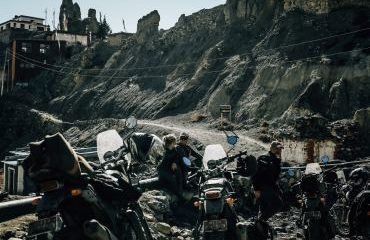 Expeds International Mukintath Road Trip17
Expeds International Mukintath Road Trip17 -
 Expeds International Mukintath Road Trip16
Expeds International Mukintath Road Trip16 -
 Expeds International Mukintath Road Trip15
Expeds International Mukintath Road Trip15 -
 Expeds International Mukintath Road Trip14
Expeds International Mukintath Road Trip14 -
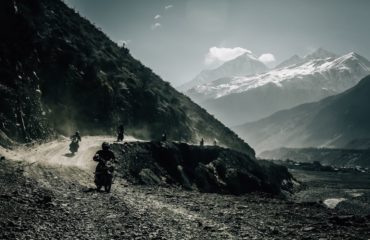 Expeds International Mukintath Road Trip13
Expeds International Mukintath Road Trip13 -
 Expeds International Mukintath Road Trip12
Expeds International Mukintath Road Trip12 -
 Expeds International Mukintath Road Trip11
Expeds International Mukintath Road Trip11 -
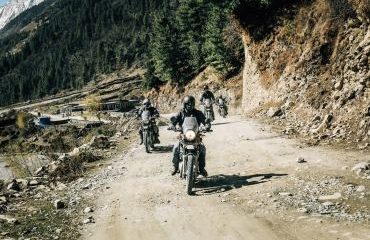 Expeds International Mukintath Road Trip10
Expeds International Mukintath Road Trip10 -
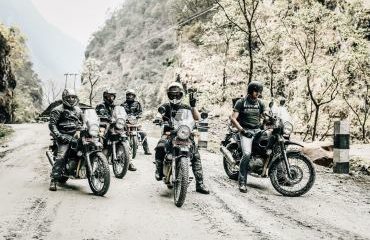 Expeds International Mukintath Road Trip9
Expeds International Mukintath Road Trip9 -
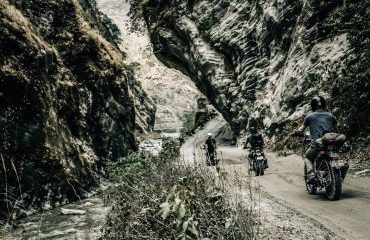 Expeds International Mukintath Road Trip8
Expeds International Mukintath Road Trip8 -
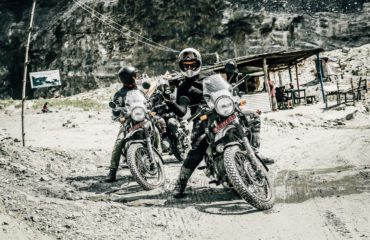 Expeds International Mukintath Road Trip7
Expeds International Mukintath Road Trip7 -
 Expeds International Mukintath Road Trip6
Expeds International Mukintath Road Trip6 -
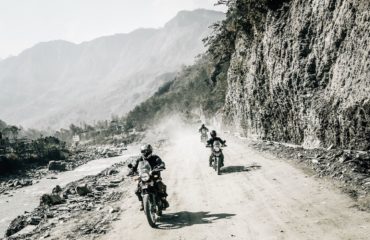 Expeds International Mukintath Road Trip5
Expeds International Mukintath Road Trip5 -
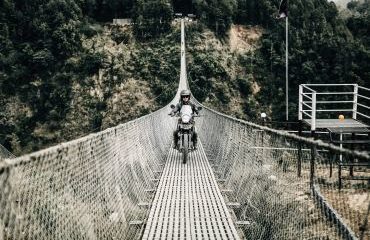 Expeds International Mukintath Road Trip3
Expeds International Mukintath Road Trip3 -
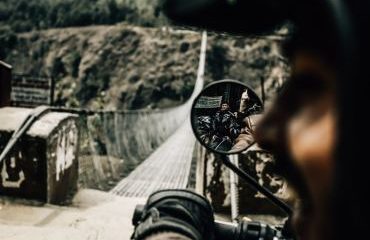 Expeds International Mukintath Road Trip2
Expeds International Mukintath Road Trip2 -
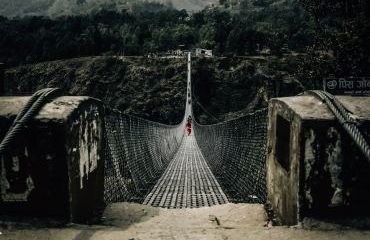 Expeds International Mukintath Road Trip1
Expeds International Mukintath Road Trip1



